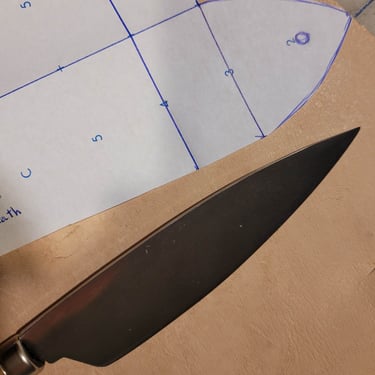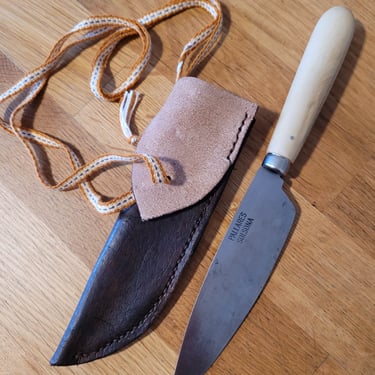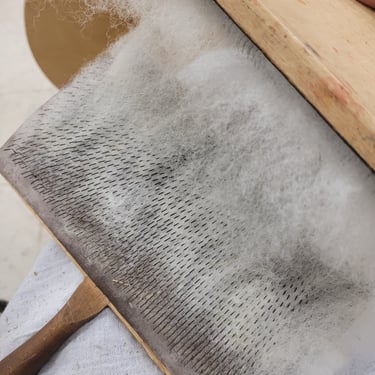
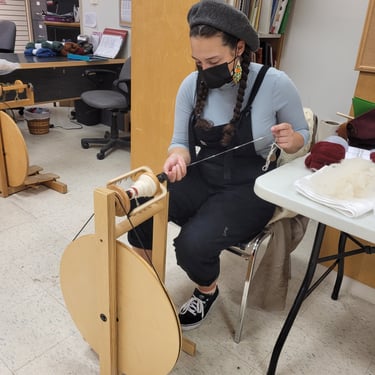
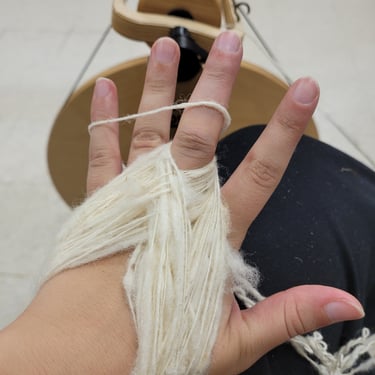

Spinning
From washing the fleece to carding, spinning, plying, spinning again and finally turning it into a skein - spinning and its related tasks are some of my newly learned heritage skills. Working on a wheel is the most efficient, but I usually work with a drop spindle. It is portable, historically accurate, and more affordable for those looking to learn the hobby. Though time consuming, I plan on finishing spinning my fresh fleece as well as some other coloured fibers to eventually recreate the 18th Century Louisbourg "Latrine Hat." This hat was spun in the grease, meaning much of the lanolin wasn't washed out, making the hat naturally water repellant. In spinning the wool from scratch the "in the grease" quality can be maintained, as store bought yarns in this style are not readily available.
Knitting
Knitting is one of the skills that I have been developing the longest. On and off since elementary school, I try to learn something new with each pattern I knit. I have a significant interest in historical patterns with my most significant project being the 1890s bicycle sweater. I have knit items ranging from the late 18th century to the 1940s and am always expanding my knowledge and repertoire of patterns.
Pictures coming soon.
Cross Stitch and Embroidery
In addition to sewing, cross stitch and embroidery are fairly common historical needlework skills we still engage with. Thankfully, this means there are many resources available for us to learn and create from. I have worked on cross-stitch samplers (even created an educational program about it in partnership with another historic site) as well as used historical embroidery motifs to adorn accessories.


Pattern creation and testing, derived from Ellin Lancaster's 1863 sampler. Hutchison House Collection.
Box Loom Weaving
When the Pandemic started I wanted to learn a new skill and ended up turning to box loom weaving. This style of domestic weaving was popular in rural households from the mid 18th-century to around the 1860s, when industrialization took over the production of ribbon. Box looms produce a woven ribbon called tape. Tape was used for a variety of household reasons, from apron ties to cradle lacing. Traditional colours are an off white, red, blue and a variety of browns. I have had fun experimenting with historic patterns and modern colours. I make my tape using 100% cotton thread.
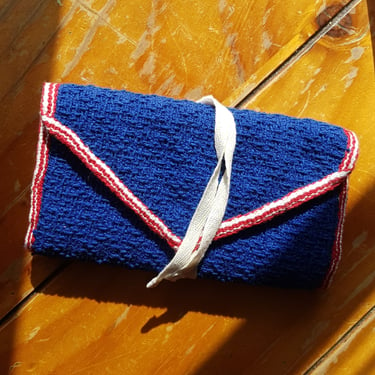

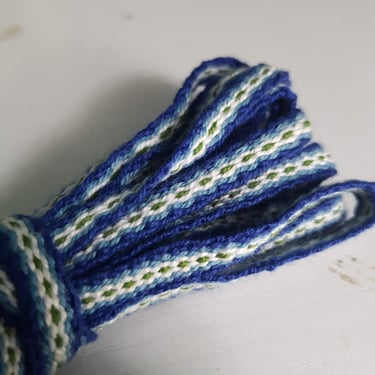
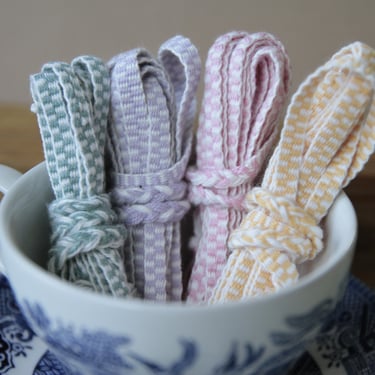
Musketry and Drill
I learned these skills while working at Fort York NHS. My last two years were spent commanding on the field. The photo to the left shows me (standing) commanding a section of six men and women in a light infantry demo during the summer of 2021. The skills I learned here are how to safely handle and fire a musket and artillery piece, proper musket and marching drill, commanding a section of infantry and adapting as the field demands, as well as how to interpret historical drill manuals to be able to give the most accurate public presentation as possible.
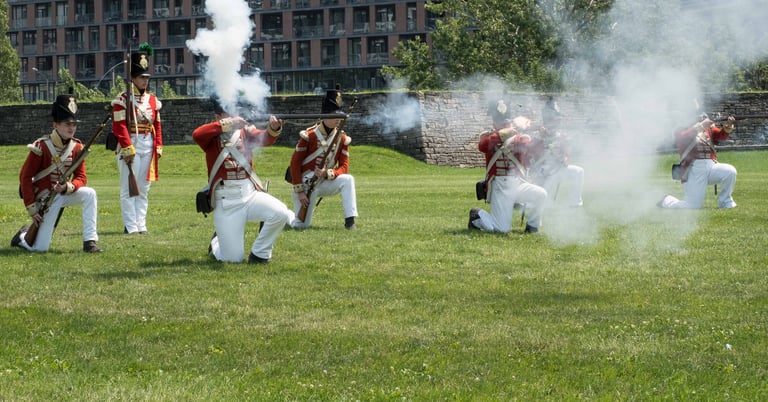

Sgt. Benison commanding the section. Photo by Sid Calzavara, 2021.
Hearth Cooking
I affectionately call the meals I make in this method Fire Food. Historic cooking, specifically done using period techniques and equipment is an art unto itself. While I am proudly still learning and refining my techniques, this is a very rewarding heritage skill as you can eat the results. Adjacent to the actual cooking, I have copies of many historic cookbooks and enjoy deciphering the recipes to learn more about the social history of food, specifically Canadian foodways.
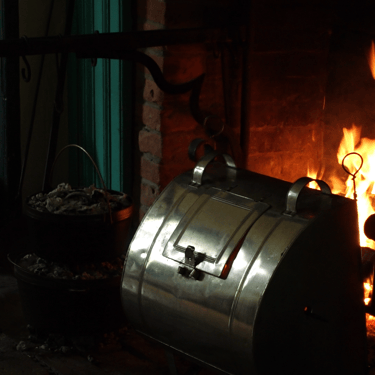
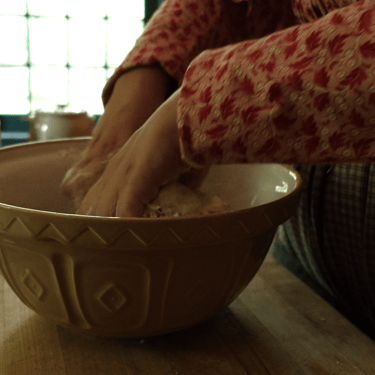


Recipe Interpretation
In an effort to make culinary history accessible, regardless of access to a historical kitchen, I make my recipe experiments available on my website or KoFi page. Whenever I recreate a recipe from a historical text, I interpret and 'translate' the recipe into terms that modern cooks can understand. This includes converting ingredient measurements, writing out fuller instructions, providing alternative ingredients if those listed in the historical recipe no longer exist or are hard to find, converting open fire to oven temperatures, and other notes and interpretations as needed.
Below is an example of two translated recipes from a 1911 Canadian recipe manuscript, authored by 'Madge.'








Leatherwork
This is a skill I would still consider myself a beginner in. I would like to find more historic sources that speak to leatherworking as well as historical materials and techniques. I have done leather repairs on 1812 cross belts and have made an 18th-century wallet, which represents the two historical projects I have done up to this point. Below is an 18th-century style knife sheath for my cooking knife. It uses cords as ties, enabling it to fit on a variety of belts in different widths.
